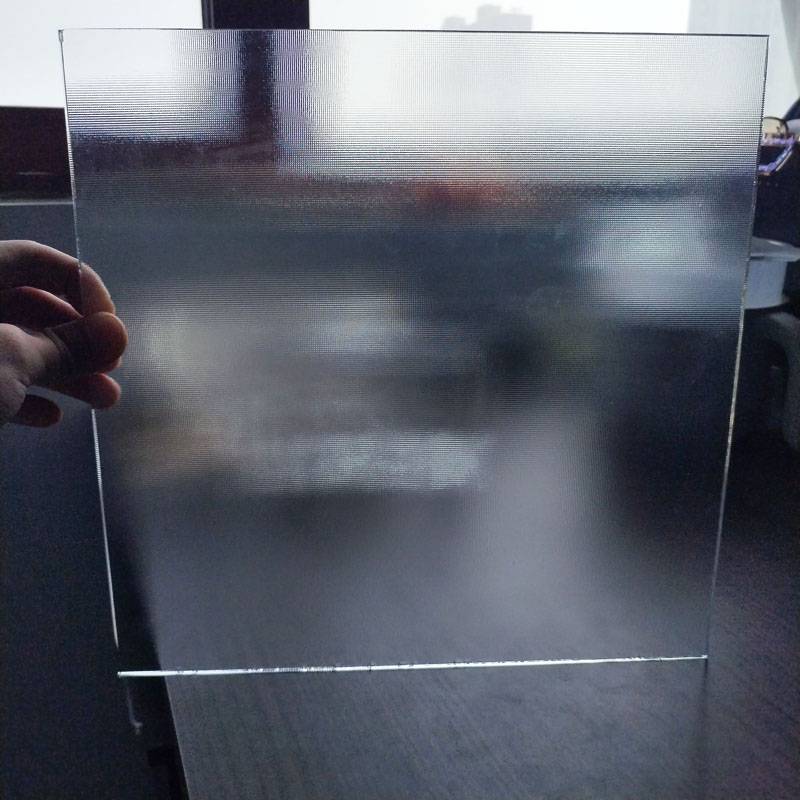The Beauty and Significance of Blue Reflective Glass
In the realm of modern architecture and design, materials play a crucial role in defining aesthetic appeal and functionality. One such material that has gained popularity in recent years is blue reflective glass. This striking element not only enhances the visual appeal of buildings and installations but also brings about a myriad of benefits ranging from energy efficiency to improved privacy. In this article, we delve into the characteristics, advantages, and applications of blue reflective glass, celebrating its place in contemporary design.
Characteristics of Blue Reflective Glass
At its core, blue reflective glass is a type of glass that has been treated or coated to reflect sunlight and other forms of light. The blue hue is typically achieved through the incorporation of specific dyes and pigments during the manufacturing process. The reflective quality arises from a metallic coating that allows the glass to bounce back a significant portion of incident light. This combination results in a stunning visual effect that can evoke feelings of calmness and serenity—qualities often associated with the color blue.
The opacity and reflective nature of blue glass also offer a degree of privacy without sacrificing natural light. This makes it an ideal material for environments where view obstruction is desired but daylight is still a priority. The interplay between light and the blue tint can create captivating reflections and dynamic visual experiences that change throughout the day as the sun moves across the sky.
Advantages of Blue Reflective Glass
One of the primary benefits of blue reflective glass is its energy efficiency. By reflecting a substantial amount of solar energy, it helps to reduce heat gain within buildings. This attribute not only contributes to lower energy consumption for cooling systems but also helps in maintaining a comfortable indoor climate. With the growing concern over climate change and energy consumption, using such materials can significantly reduce the carbon footprint of buildings.
Moreover, blue reflective glass offers UV protection. The glass blocks harmful ultraviolet rays that can cause fading and damage to interior furnishings, artwork, and flooring. This aspect not only prolongs the life of these items but also enhances the overall comfort of occupants, reducing glare and making living or working spaces more enjoyable.
blue reflective glass
Additionally, the aesthetic value of blue reflective glass cannot be understated. Architects and designers frequently choose this material to add a sleek and modern touch to their projects. The captivating blue tone can evoke a sense of tranquility and becomes an excellent backdrop for natural landscapes, highways, and urban environments. The versatility of blue reflective glass allows it to blend harmoniously with various architectural styles, enhancing both contemporary and traditional designs.
Applications of Blue Reflective Glass
The applications of blue reflective glass are extensive and varied, spanning numerous sectors. In commercial architecture, it is often used in high-rise buildings, office spaces, and shopping centers. The striking visual impact combined with energy efficiency makes it a favorite among developers looking to create iconic structures that stand out in the skyline.
In residential design, blue reflective glass is increasingly used in modern homes. Large windows and sliding doors made from this material create seamless transitions between indoor and outdoor spaces while providing a sense of seclusion. The use of blue reflective glass in balustrades, partitions, and façade systems enhances both safety and style.
Notably, this material is also finding its way into interior design, with blue reflective glass being utilized in decorative elements such as tabletops, shelving, and cabinetry. Its reflective properties can enhance lighting designs and create unique atmospheres within homes, restaurants, and hotels.
Conclusion
Blue reflective glass is a remarkable material that embodies the intersection of function and aesthetics in modern architecture and design. With its energy-efficient properties, UV protection, and captivating beauty, it offers numerous advantages that cater to the needs of contemporary living. As architects and designers continue to innovate and explore new possibilities, blue reflective glass stands out as a versatile choice that enhances both the visual and environmental quality of our built environment. Embracing this material not only enriches architectural design but also fosters a greater connection between people and their surroundings, proving that the right materials can truly transform our world.
 Afrikaans
Afrikaans  Albanian
Albanian  Amharic
Amharic  Arabic
Arabic  Armenian
Armenian  Azerbaijani
Azerbaijani  Basque
Basque  Belarusian
Belarusian  Bengali
Bengali  Bosnian
Bosnian  Bulgarian
Bulgarian  Catalan
Catalan  Cebuano
Cebuano  Corsican
Corsican  Croatian
Croatian  Czech
Czech  Danish
Danish  Dutch
Dutch  English
English  Esperanto
Esperanto  Estonian
Estonian  Finnish
Finnish  French
French  Frisian
Frisian  Galician
Galician  Georgian
Georgian  German
German  Greek
Greek  Gujarati
Gujarati  Haitian Creole
Haitian Creole  hausa
hausa  hawaiian
hawaiian  Hebrew
Hebrew  Hindi
Hindi  Miao
Miao  Hungarian
Hungarian  Icelandic
Icelandic  igbo
igbo  Indonesian
Indonesian  irish
irish  Italian
Italian  Japanese
Japanese  Javanese
Javanese  Kannada
Kannada  kazakh
kazakh  Khmer
Khmer  Rwandese
Rwandese  Korean
Korean  Kurdish
Kurdish  Kyrgyz
Kyrgyz  Lao
Lao  Latin
Latin  Latvian
Latvian  Lithuanian
Lithuanian  Luxembourgish
Luxembourgish  Macedonian
Macedonian  Malgashi
Malgashi  Malay
Malay  Malayalam
Malayalam  Maltese
Maltese  Maori
Maori  Marathi
Marathi  Mongolian
Mongolian  Myanmar
Myanmar  Nepali
Nepali  Norwegian
Norwegian  Norwegian
Norwegian  Occitan
Occitan  Pashto
Pashto  Persian
Persian  Polish
Polish  Portuguese
Portuguese  Punjabi
Punjabi  Romanian
Romanian  Russian
Russian  Samoan
Samoan  Scottish Gaelic
Scottish Gaelic  Serbian
Serbian  Sesotho
Sesotho  Shona
Shona  Sindhi
Sindhi  Sinhala
Sinhala  Slovak
Slovak  Slovenian
Slovenian  Somali
Somali  Spanish
Spanish  Sundanese
Sundanese  Swahili
Swahili  Swedish
Swedish  Tagalog
Tagalog  Tajik
Tajik  Tamil
Tamil  Tatar
Tatar  Telugu
Telugu  Thai
Thai  Turkish
Turkish  Turkmen
Turkmen  Ukrainian
Ukrainian  Urdu
Urdu  Uighur
Uighur  Uzbek
Uzbek  Vietnamese
Vietnamese  Welsh
Welsh  Bantu
Bantu  Yiddish
Yiddish  Yoruba
Yoruba  Zulu
Zulu 

